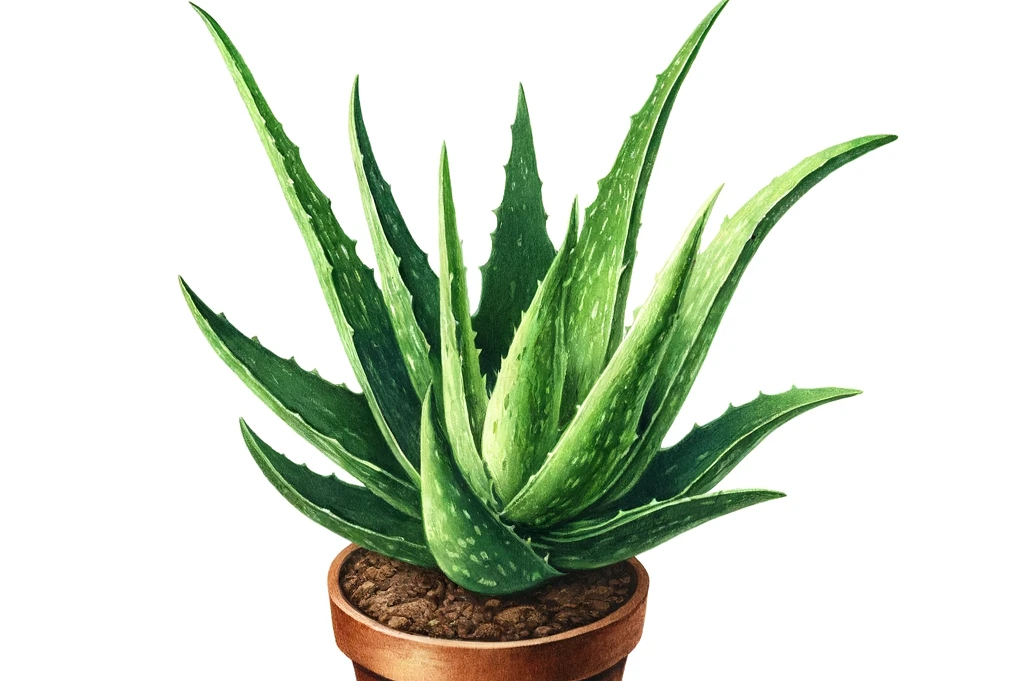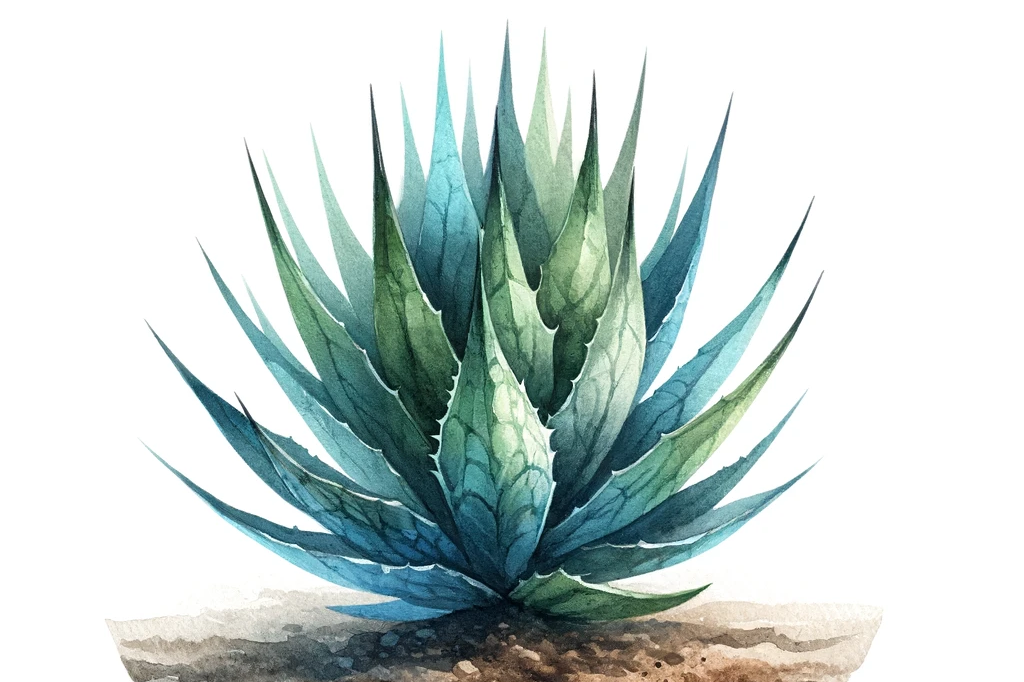Gasteria

What is Gasteria?
Gasteria is a genus of succulent plants that belongs to the aloe family and is mainly native to South Africa. These plants are known for their hard, often spotty leaf structure and their ability to survive in dry, harsh environments. There are several species of Gasteria, some of which have become popular houseplants due to their ornamental appearance and low maintenance requirements.
Nutrient profile and potential benefits
Gasteria plants contain a number of nutrients that could theoretically provide health benefits for dogs. These include vitamins, minerals, amino acids and antioxidants that may be beneficial for skin health, digestion and immune defense. However, it is important to emphasize that the specific composition and associated benefits may vary depending on the Gasteria species and scientific studies on the use of Gasteria in dog nutrition are limited.
Possible applications
In practice, Gasteria could be used in the form of supplements or as an ingredient in special dog food formulations. It is conceivable that extracts or infusions of the plant could be used to support certain aspects of health, such as skin care or digestive support.
Precautions and potential disadvantages
Despite the potential benefits, caution should be exercised when using Gasteria. Some species of Gasteria may contain substances that could be toxic to dogs in large quantities. Symptoms of poisoning may include vomiting, diarrhea and lethargy. It is therefore essential to seek expert advice before introducing Gasteria into your dog's diet and to ensure that the type and amount used is safe.
Correct dosage and use
The safe use of Gasteria depends on the correct dosage and type of plant. Since there are no universal guidelines for dosage, it's important to work with a veterinarian or canine nutritionist to create a customized plan based on your dog's specific needs and health conditions.
Gasteria offers interesting potential for dog nutrition, but also carries risks. While the plant may contain beneficial nutrients that could promote your dog's health and well-being, the risk of toxicity is not negligible. A responsible approach requires thorough research and professional advice. Ultimately, it's important to keep your dog's diet balanced and safe by relying on proven and well-researched ingredients, while approaching new trends and superfoods with due caution.
If you notice any signs of hypersensitivity or poisoning in your dog, you should see your vet immediately. We are not a substitute for a vet, but we try to be as accurate as possible. Every dog reacts differently and we recommend you get a second opinion or consult your vet if in doubt.
Stay healthy and take good care of your four-legged friend!😊
Similar to Gasteria
Aloe vera is a succulent plant that belongs to the lily family. It has long, thick, fleshy leaves with spines on the edges. A gel or juice containing many valuable ingredients can be extracted from...
Haworthia is a genus of small, succulent plants belonging to the Asphodeloideae family. Haworthias are characterized by their fleshy, often spineless leaves that grow in rosettes. These plants are...
Agave is a genus of succulents consisting of more than 200 species. Most agaves originate from Mexico and the southwest of the USA, where they grow in dry and hot areas. Agaves have thick and fleshy...
Houseleeks belong to the family Crassulaceae and include various species of Sempervivum that are characterized by their rosette-shaped leaves and their ability to survive in extreme conditions....



